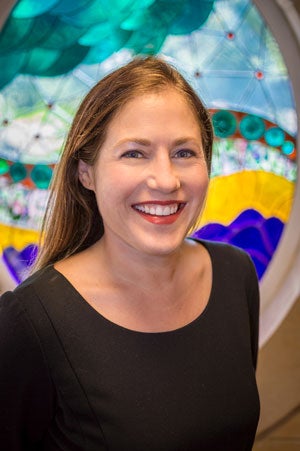New Fight for Student Success
Social work professor's research challenges the school-to-prison pipeline
Intentionally or not, public school disciplinary systems tend to unfairly target students of color, says Yolanda Anyon, assistant professor at the University of Denver’s Graduate School of Social Work. According to civil rights data, more than half of students involved in school-related arrests are Latino and African-American.
“Once someone is suspended or expelled from school, they are at increased risk of becoming involved in the criminal justice system,” Anyon explains. “Black and Latino students are more likely to get suspended from school than white students are, even for the same behavior.”
In an effort to reverse the trend, Anyon partnered with the Denver School-Based Restorative Practices Partnership, a collaborative that works to replace punitive measures with restorative justice in Denver’s public schools. Guided by a 2016 report written by Anyon, the coalition of racial justice, education, labor and community groups has been working toward widespread implementation of restorative practices. The group hopes to lower suspension and expulsion rates that contribute to the school-to-prison pipeline.
“We think that this report is making a unique contribution as far as a practical set of guidelines of what is needed in order to make the widespread implementation of restorative justice successful,” Anyon says.
There are three levels when it comes to restorative justice practices. The first is dialogue; if a student has acted out, a conversation happens between that student and his or her teacher. The next step is to involve everyone in what is called a peace circle. Students and involved teachers sit in a circle and create a dialogue, allowing everyone to discuss how the behavior of the particular student affected them.








